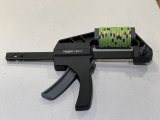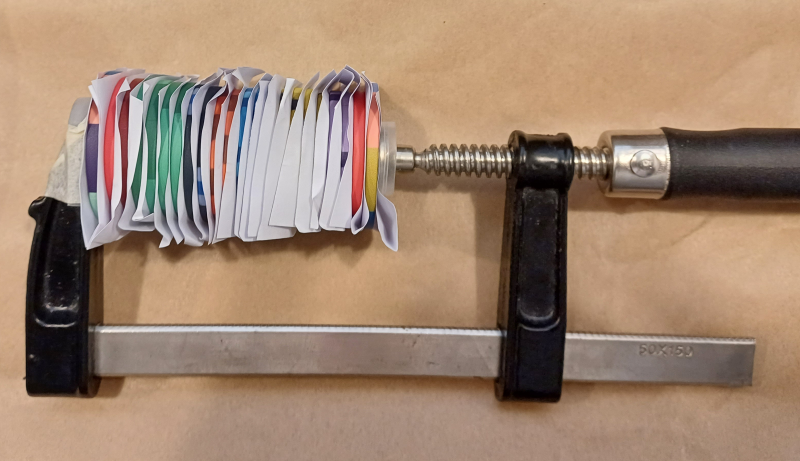NotRealNameNoSir
4 of a Kind
Finally took video of this, had some good conversations trying to explain it and @TX_Golf_N_Poker asked about it.
No-Molds dont have a recess, so any imperfection leads to SPINNERS! Still love my set for the price, no buyers remorse cause you get what you pay for and theyre gorgeous, but its very annoying when you cant push a barrel neatly.
No-Mold no spinners, barely used $5s:
No-Mold bunch of spinners, very used nickels. Very little force when spinning them.
Comparison between the two when pushing a barrel. Attempted to use similar force and motion, instantly fell over
For me, this is not a deal breaker and I love it for the cheap set that I wanted. Its fully mine and we're splashing around at microstakes anyways, but I do think the more I use certain chips, the more spinners appear, but I haven't tested this hypothesis.
No-Molds dont have a recess, so any imperfection leads to SPINNERS! Still love my set for the price, no buyers remorse cause you get what you pay for and theyre gorgeous, but its very annoying when you cant push a barrel neatly.
No-Mold no spinners, barely used $5s:
No-Mold bunch of spinners, very used nickels. Very little force when spinning them.
Comparison between the two when pushing a barrel. Attempted to use similar force and motion, instantly fell over
For me, this is not a deal breaker and I love it for the cheap set that I wanted. Its fully mine and we're splashing around at microstakes anyways, but I do think the more I use certain chips, the more spinners appear, but I haven't tested this hypothesis.


